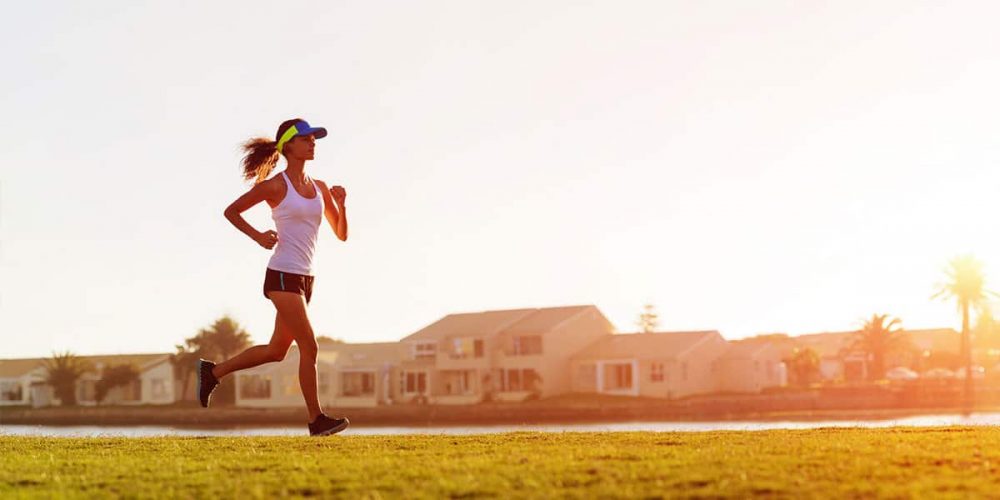Like so many mundane experiences in a global pandemic, the way many Americans work out is about to change. Exercise is that rare private activity that often unfolds out in the open, on the gym floor and in studio classes and on sidewalks, where people can find community while staying comfortably anonymous. Even in these past few days, fitness instructors and studios have been coming up with new ways to stream classes and bring people together, but ultimately exercise is going to be that much more of an individual activity. We’re each going to have to sweat this one out on our own.
Even more than usual, we have a very good reason to exercise: Working out contributes to good health, which in turn helps us maintain sturdy immune systems. Making moves seems especially beneficial now, as people spend more time at home, far from the friends and family they usually see, and probably glued to the news. Exercise is well known for its mood-boosting abilities, and many of us could use a lift. “Right now, everybody’s living on Twitter and Facebook and CNN and Fox News, and they’re dwelling on the end of the world,” Joshua Kozak, a trainer who runs the YouTube channel HASfit, told me. “It’s really hard not to feel that.”
Karen Glanz, an epidemiology and nursing professor at the University of Pennsylvania, recommends taking walks, running, hiking, and biking. Even San Francisco, which has ordered people to shelter in place, carved out an exception for solo outdoor activities, though everyone still needs to give one another a wide berth. “Being outdoors is best if the weather is agreeable, and if the place where people live is safe to be outdoors,” Glanz told me.
But all of these activities come with the same caveat: If the destination—the park, the playground, the trail—is crowded, don’t go. This guidance might become trickier to follow in the coming days, especially as winter turns to spring and adults and children, growing stir-crazy from so much time at home, flock outside to relieve some of the restlessness. Some national parks have already been overrun with visitors, and while the trails may feel isolated enough, visitor centers and other park facilities are getting a dangerous amount of traffic.
Glanz recommends that people watch out for passing runners—and that runners keep their distance around pedestrians—because huffing and puffing could spread droplets like coughing does. (It should go without saying: Runners, however tempting it is, don’t spit, please.) “Veering out of the way or staying to the side of the path when there are lots of runners out is a good idea,” she said.
The other option: working out at home. This setup has its advantages (convenience, relative privacy) and its disadvantages (your roommates or partner will see your weird workout faces). Fitness classes and gyms are popular for a reason—leaving the house to exercise can provide an extra boost of motivation and mental space, without which workouts sometimes just don’t happen. But people are preparing for a home-gym renaissance—as gyms around the country closed, dumbbells seemed to become the new toilet paper, and retail stores and Amazon have started selling out of the equipment. (As a former colleague of mine recently joked, the petrified woman in last year’s viral Peloton commercial must be glad she got that bike for Christmas.)




